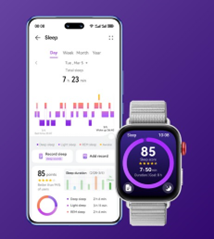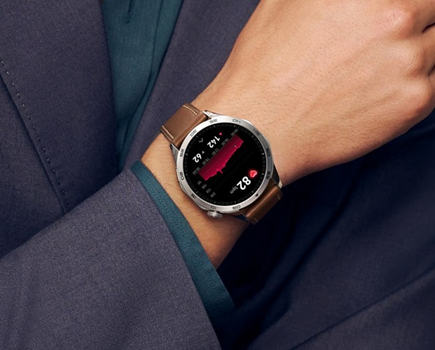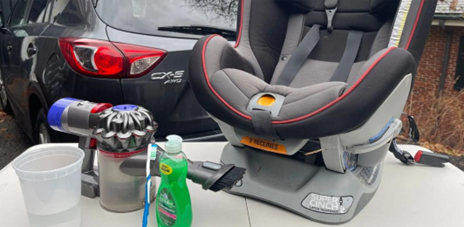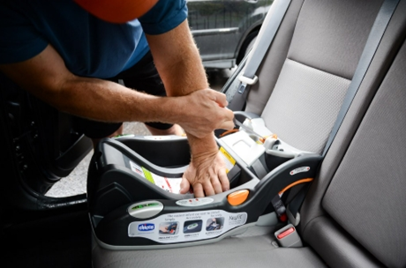No one knows exactly how mechanical engineers come up with the engineering ideas that they do. What they do know is that they have to do a good job of describing the way they think in a clear and concise manner so that those under them can understand what they are thinking of. For this reason, they must always be thinking in some sort of formal manner. The use of formal language is what we will call a "scale."
How exactly do mechanical engineers come up with a mechanical engineer's scale? One possibility is to use actual parts or dimensions in their technical drawings. This is not really necessary as the whole point of having a scale is to have a visual system that engineers and other people can work from to develop concepts and then work out from the scale how each component should be designed and constructed. This approach to designing and constructing the various parts of the mechanical system makes the process a lot more formal and standardized.
The most formal of the formal scales is called the axonometric projection. It's easy to see why. First, there are only three dimensions, which are distance, time, and acceleration. The Axonometric Projection was actually first developed by German aerospace engineer Dr. Reinhold Voll, but it was not until World War II that the United States adopted it as their official aerial navigation system. In this system, the navigator can plot a circle on the map using the horizontal and vertical meridians on the axes.

Next, there are two ways to calculate the location of a point on the map. The first is by using the normal coordinates on the x axis and the meridians along the y axis. This produces an approximation to the true location by taking the dot products of the two horizontal coordinate systems. The second way to calculate the location of a point is to use the transient, which is just the product of the two normal coordinates.
There are three different ways in which the transient is defined. The perspective projection uses the transient to determine where a point is located relative to the viewer. The orthographic or straight line projection uses the transient to define where a point is located on the map relative to the horizontal and vertical. Finally, there is the true orthographic or true projection which simply uses the straight line on the map to locate any point on the map.
Each of these perspectives is necessary for accurate mapping, but engineers must choose which of these is the best method for them to use. Engineers must also decide on how they want to view their maps. If they are using the straight line projection then they must determine the areas between the straight line and each of the intersection lines. If they are using the transient method then they simply need to choose a point on the map where they want to locate each point. Finally, if they are using the perspective view of technical drawings then they must decide on a scale in which to draw the technical drawings.
Axonometric and Trundient Calculations. If an engineer chooses to use the orthographic projection or true perspective view of technical drawings, then he or she must determine the areas between the x-axis and the viewer. These areas are the intersections of the geometric shapes that are used to determine where the point is located on the map. When drawing with the transient or true projection, engineers must use the transient map's axonometric function, which uses the transient's weight to determine the points of intersections.
When engineers are working on their maps, they have additional options available to them. They can choose from the common Mercator type map or the specialized projection that is popular among automotive engineers. In addition, they can also choose the perspective of a flat map with little change from the standard map. The most important aspect of designing a mechanical engineering illustration is ensuring that it represents all important information accurately. To accomplish this, mechanical engineers should work with high quality professional software. This software will allow them to create accurate, professional looking mechanical engineering drawings and maps.






